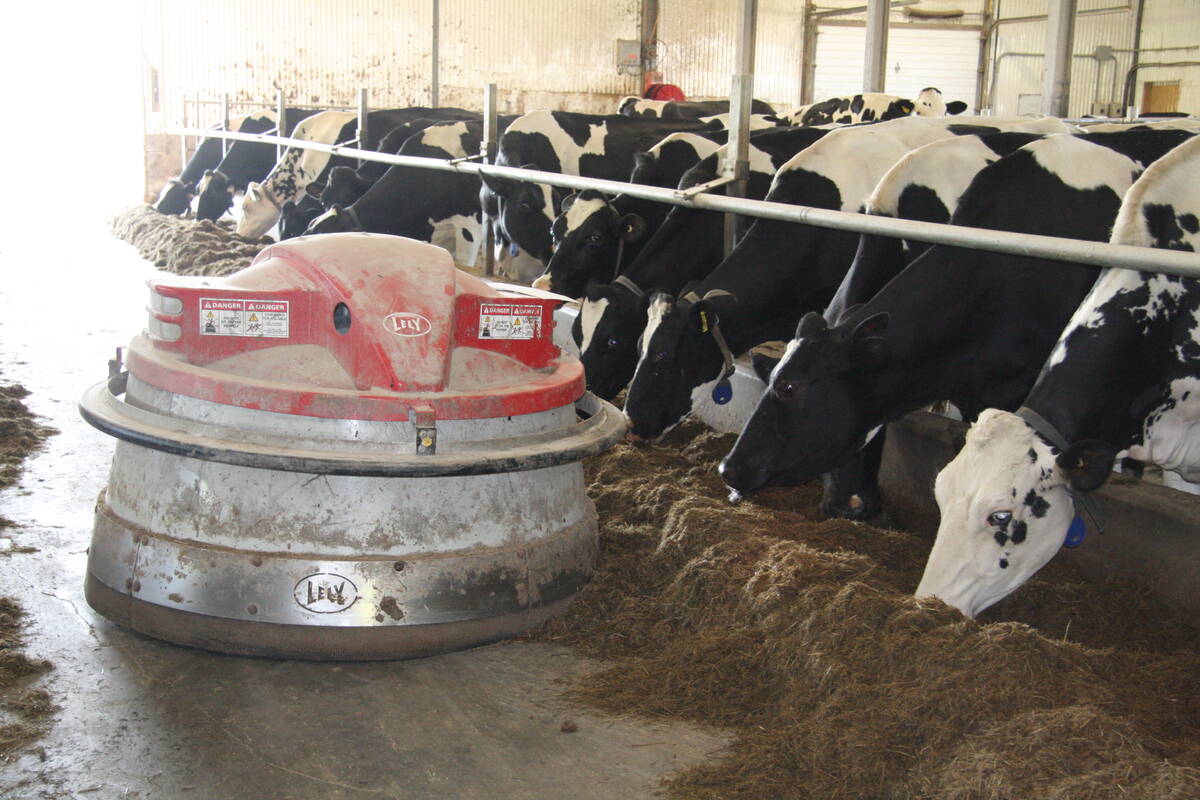Beef markets appear to be stabilizing, but unfortunately for Canadian beef producers, finished cattle prices are levelling out at a low point.
U.S. consumer demand for beef is steady and that country’s domestic supplies are down. The American currency is weaker and running close to par with the Canadian dollar. Feed supplies are low internationally and will remain low for the immediate future, keeping finisher input costs high.
“Expect (finished beef cattle) 2008 prices to be about $83 (per hundredweight),” said Kevin Grier of the George Morris Institute, speaking to the Beef and Forage Symposium in Saskatoon Feb. 7.
Read Also

Partnerships, communication key to disease management
Communication and strong, trusted partnerships are key to managing infectious diseases like Foot and Mouth Disease and HPAI.
The Guelph, Ont., economist said the price paid for Canadian beef cattle has been largely eroded by the higher Canadian dollar, an issue that can’t be hedged or avoided over the longer term.
Anne Dunford of Gateway Livestock Exchange in Taber, Alta., told cattle feeders attending the Saskatchewan Cattle Feeders’ Association annual meeting a week earlier that producers will need to adjust to new margins for the foreseeable future.
She too predicted fed prices would be down and feed grain prices up.
Dunford said despite the failure of the American cattle cycle to begin increasing females within the U.S. national herd, fed prices south of the border would remain in the $88 to $96 US per cwt. range.
The basis spread between Canadian and U.S. prices has been higher than normal due in part to the loss of operating efficiencies within the Canadian packing industry, which is currently running at 60 to 70 percent of capacity.
This is helping high feed grain prices drive Canadian cattle into American feedlots.
“This isn’t the whole story,” Dunford said, citing corn grain prices nearing $6 US per bushel, landed at Texas feedlots.
Dunford said because U.S. feeders are facing high prices as well, the basis should return to more traditional levels before too long.
In the past, the Canadian basis was about $7 per cwt. versus the current $12.
Grier said he expects to see a significant cow herd reduction in Canada. This might drop the herd by as much as 30 percent or 1.5 million cows, returning Canadian operations to a more traditional one tenth of the American industry.
“I don’t know that this would be that unreasonable,” he said.
Ontario might see the greatest reduction as a percentage of operations due to its heavy reliance on a single Cargill-owned packing facility in Guelph. That province’s producers are now receiving signals from their regional market that $75 per cwt. is all that a fed steer will command.
Bob Ivey, an Ituna, Sask., cattle feeder, said producers understand that kind of message.
“You make decisions about your farming future pretty easily when the price is that low,” he said.
Dunford and Grier agree that the Canadian cattle business was expanded based on low exchange rates with the American dollar and an oversupply of feed grains. The new higher dollar will define who can remain in the industry and who cannot, say analysts.
Bright spots on the horizon may come in the form of expanding European markets where supply is diminishing, trade deals with South Korea and Japan and an opening of markets for offal that will improve packer returns from Mexican and Asian sales.














